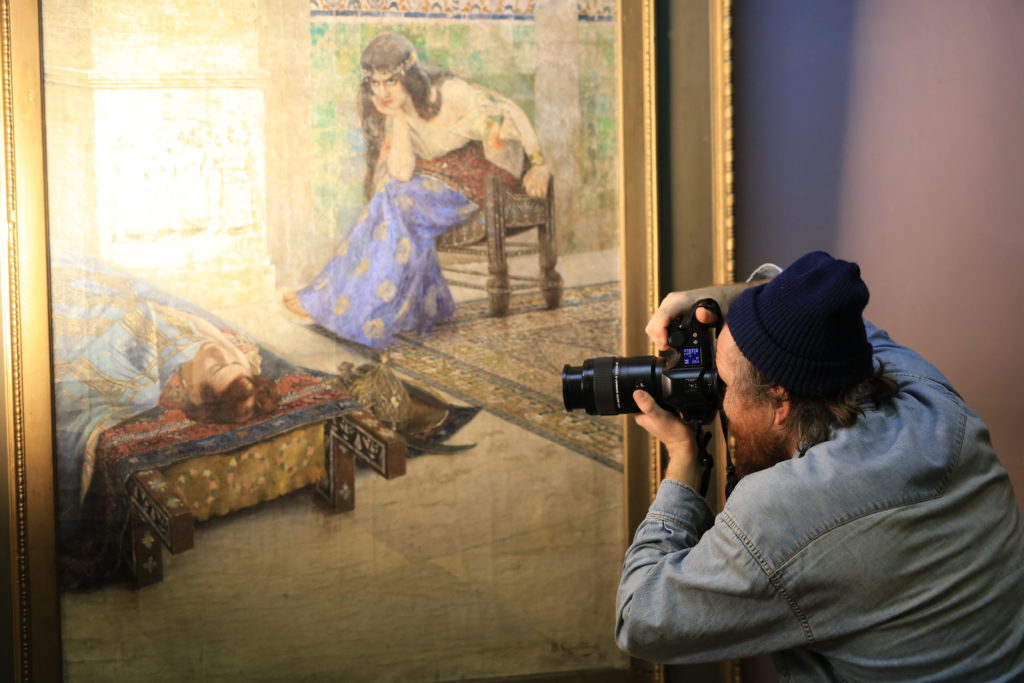By Marine Karoyan
YEREVAN — Antoine Wagner (b. 1982) is a European/American artist. He has a background in theater, filmmaking and photography. Wagner explores the limits of his media through installation, site-specific projects and most recently opera set design and directing. Wagner is the great-great-grandson of German composer Richard Wagner, and great-great-great-grandson of Franz Liszt and French romantic author Marie d’Agoult.
On April 6, Karoyan Gallery (www.karoyangallery.com) opened Wagner’s “Sentimental Analysis” multimedia installation at the National Gallery of Armenia. The curator of the project is Nazareth Karoyan. This project is the opening event of the ARé performing arts festival-2019 (www.arepaf.am).
When and why did you decide to dedicate your life to art?
I think there was never another choice. It came at a very early age. For as long as I can remember, it was only about making the choice of the form or language I should use. To date, I have worked with video, sound, photography, drawings, sculpture and recently opera. I have chosen to carve a craft that allows me to integrate all the mediums and art forms observing the relationship of concept and narrative, which is in perpetual movement under the circumstances of the time. Nature is the main subject of my work. I see my role as a messenger participating in giving it a voice.
Do you think that the interest in art came from your family, from your ancestors?












